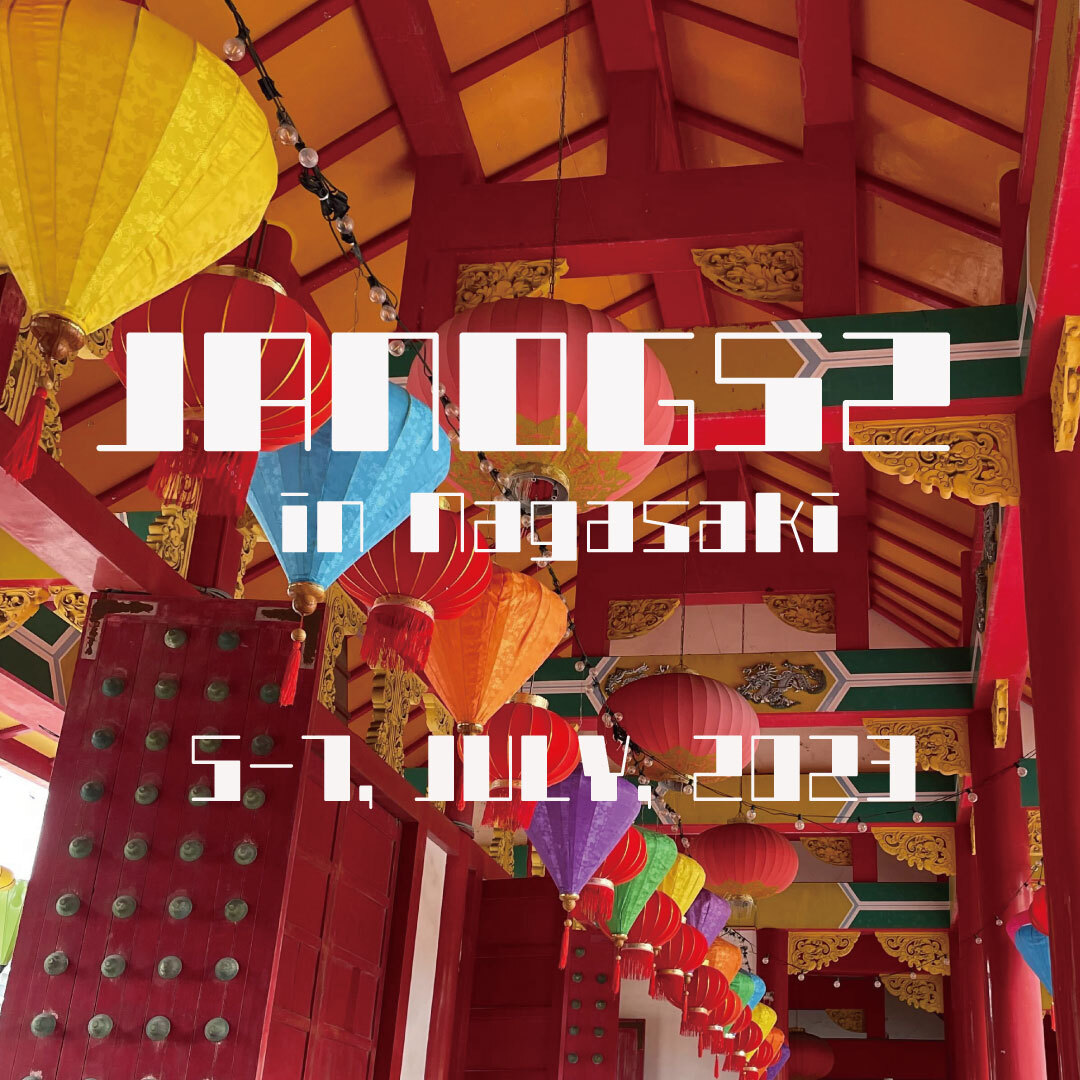日本語版はこちら
Abstract
Internet communications in eastern Japan areas, mainly in the Tohoku and Hokkaido areas, are designed mainly via Tokyo, with many operators connected only to Tokyo.
On the other hand, the digitalization and the digital-transformation are further accelerated by COVIT-19, and the Internet supporting these activities is expected to increasingly improve continuity (continuity of communication).
Under these circumstances, the Tohoku and Kanto areas have experienced many natural disasters, such as earthquakes, and we believe that the continuity of Internet communications for operators in the Tohoku and Hokkaido areas, which are highly dependent on Tokyo, will become a future issue when communications with Tokyo are disrupted due to a large-scale disaster. In addition, the current architecture that delivers all Internet traffic from Tokyo will eventually reach its limits due to the ever-increasing Internet traffic. In addition, additional requirements, such as low latency, will be added to the current architecture depending on the application.
Therefore, it is essential to consider a new architecture that matches the flow of Internet traffic, rather than the current design in which Internet traffic flows from Tokyo. In other words, the time has come to consider a new “eXchange” method for Internet communications. Based on these issues, we have studied and constructed a new architectural design together with operators in Tohoku and Hokkaido, and conducted several experiments in actual environments. Specifically, Sendai and Osaka were connected to confirm the effect of creating redundancy in communications in the Tohoku and Hokkaido areas to the Kansai area and the degree of improvement in communication quality by setting up cache servers of CDN providers in the area and returning traffic to Sendai. The experiments revealed the amount of traffic in the western Japan area during normal times and the difficulty of sending out traffic from the regional cache as intended, etc. The results of these experiments will be presented (and discussed with the audience members to broaden and deepen the knowledge).
Then, based on the results, we will discuss the architecture and design of the future Tohoku/Hokkaido area, and by extension, Japan as a whole, as well as the issues and solutions for achieving them, and find “eXchange” methods to improve the continuity and efficiency of communication (Here, too, we will discuss our opinions with the audience members and discuss future network design, etc. with everyone).
*This discussion will be based on the results of our presentation at JANOG50, which will be verified in an actual environment.
Place
2F Convention Hall
Date
Day2 Thursday, July 6th, 2023/15:45~16:45(1Hour)

